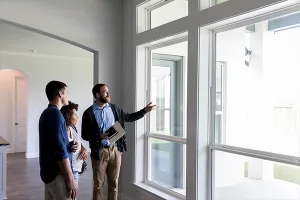
Tiny homes—those typically under 600 square feet—are facing increased demand as housing affordability remains a growing issue. While many home buyers have looked to supersize their homes during the pandemic, other buyers are finding homeownership may be more attainable by downsizing into a tiny home.
Eighty-six percent of aspiring first-time home buyers during the pandemic say they would consider buying a tiny house as their first home, mostly due to affordability, efficiency, and eco-friendliness, according to a survey from IPX 1031. Availability is there too: More than 1.4 million homes are listed as “tiny.” Millennials appear to be the most drawn to tiny homes due to their price, the flexibility of location for remote work, and eco-friendliness, according to a new study from Porch.com, a home improvement website.
On average, a tiny home costs $52,000—87% cheaper than a regular-sized U.S. home, according to the study. In Massachusetts, tiny homes cost 91% less than a regular home, which is the largest price difference compared to any other state, according to Porch.com’s analysis.
However, nationwide, tiny homes may tend to be cheaper but are 62% more expensive on a per square foot basis when compared to a full-size home, the study finds.

Overall, tiny homes are the cheapest in North Dakota ($28,000). Arkansas, however, has the lowest price per square foot of a tiny home at $109 per square foot, according to Porch.com.
On the other hand, Hawaii has the most expensive tiny homes in the U.S., averaging more than $149,000, or $490 per square foot.










